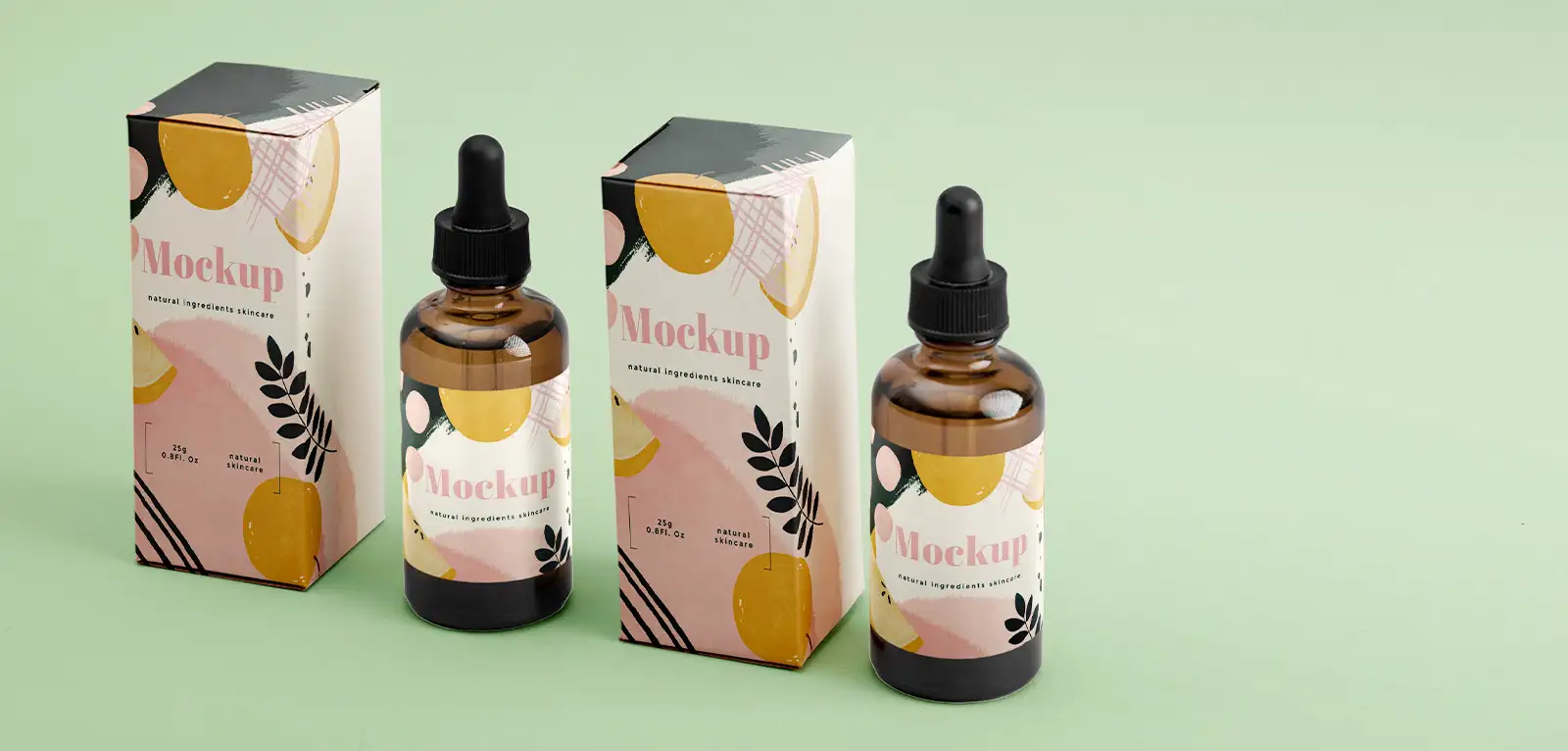September 27, 2023
Brand Colors: Choosing and Applying Your Visual Identity


Good marketers know that the subconscious plays a big role in our decision-making. Whether we’re deciding on a cereal on grocery store shelves or a vendor to do business with, implicit advertising influences how we choose one product or service over another.
A brand’s color and logo are the first things that pop into someone’s mind when they think of the brand. If you were to see the iconic brand colors of Coke, McDonalds, or even Lyft, you might recognize them without even seeing the logo or brand name.
Color conveys a lot, so whether you’re launching a new business or undergoing a rebrand, it’s important your brand colors represent the brand accurately. This guide will walk you through choosing brand colors and implementing it in your marketing.
More than simply a nice palette, your brand colors should visually communicate your brand identity. Brand identity is the words used to define your brand as if it was a person with its own distinct personality.
Here are a few exercises that will help you determine who your brand is:
Make lists of the above attributes and feelings you want your brand to evoke in its users, and narrow these down to a handful. Once the core of your brand is identified, you’ll be able to choose colors that accurately represent it in packaging, marketing, signage, and more.
Before you begin choosing colors to complement your brand identity, look into the psychology of color. Certain colors exude different energies. For example, red conveys energy and passion while blue often symbolizes calmness and reliability. Using a color picker, pull up various colors and ask yourself how they make you feel.
Then, consider how different color combinations allow the colors to take on different meanings. While blue paired with green might have a refreshing feel, blue with gold may take on sophistication and formality.
A bit of research on the psychology of color will tell you how colors influence perception and behavior, and it’s likely to align with your own experiences.
Before you begin defining your own colors, analyze brands you admire across industries. Explore what makes their colors work well and ask yourself what they represent about that brand.
Do a sweep of competitors’ colors as well. It’s good to have a knowledge of direct competitors’ color palettes so yours aren’t too similar, but don’t let this keep you away from whole color families. Varying hues, shades, and combinations of colors provide an infinite amount of options. And if your brand identity is strong and specific, you’ll have no trouble establishing unique colors to go along with it.
Now that you’ve defined your brand identity, done your research, and gotten inspired, it’s time to choose your brand’s unique color scheme. A color scheme usually contains two primary colors (one base color and one accent color), and around three supporting colors. Of course, this can vary but this is a good place to start.
Circle back to those attributes and feelings you identified in Step 1. For each of these, think of colors that align with those based on color theory, or even objects that align with them. For example, maybe optimism is something you want your customers to feel when they use your product. Think about what objects optimism reminds you of – perhaps the sun or a clear blue sky. So maybe the colors you choose are sky blue and bright yellow.
Your primary brand colors should align with the brand’s top attributes and appeal to those feelings you want to evoke, and secondary colors can be used to represent some of the other qualities that make your brand unique. At least one of the secondary colors should be a neutral shade that can be used as the background on your materials. The primary and secondary colors should look cohesive together. All of these colors work together to define your brand and evoke feelings in your target audience.
There are extensive online color palette and wheel tools available online to help inspire these colors. Create a Pinterest board with photos of the objects you defined, and download an eyedropper tool to your browser to choose colors from those photos. A color picker can then help you find the perfect shade and hue. Add these to an online collage of your favorite color picks until you’ve found the perfect colors.
Once you’ve decided on your brand colors, list the colors in CMYK, RGB, HEX, and PMS formats so you can easily apply the colors to printed and digital materials.
Create brand color guidelines that detail when each color should be used. This way, the colors are used consistently throughout your materials. Your primary colors will likely appear on all materials and your logo, but your secondary colors may be reserved for only certain kinds of text, content, or materials.
For example, your base primary color may be used for all headers, the accent primary may be used for subheads, and the secondary colors for text or backgrounds.
You’ll want the guidelines to define that the primary colors should be the most prominent. After all, these are the colors you want people to see and immediately think of your brand.
Your colors should be incorporated into all of your materials, including:
Incorporating your carefully selected brand colors consistently across all touchpoints is the key to forging a lasting and unmistakable brand identity in the minds of your audience. In marketing, it’s not just what you say but how you say it, and color is essential to leaving that vivid impression.


